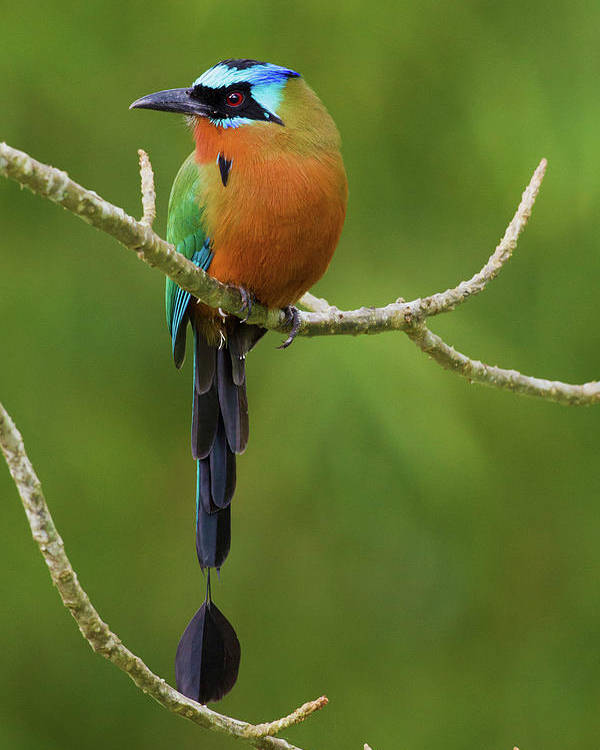The Blue Crown Motmot is an exquisite bird species found in the Americas. Known for its vibrant colors and unique physical features, this avian marvel has captivated bird enthusiasts and nature lovers alike. In this article, we will delve into the captivating world of the Blue Crown Motmot, exploring its habitat, appearance, behavior, and conservation status. Join us on this journey to discover the fascinating secrets of this stunning bird.
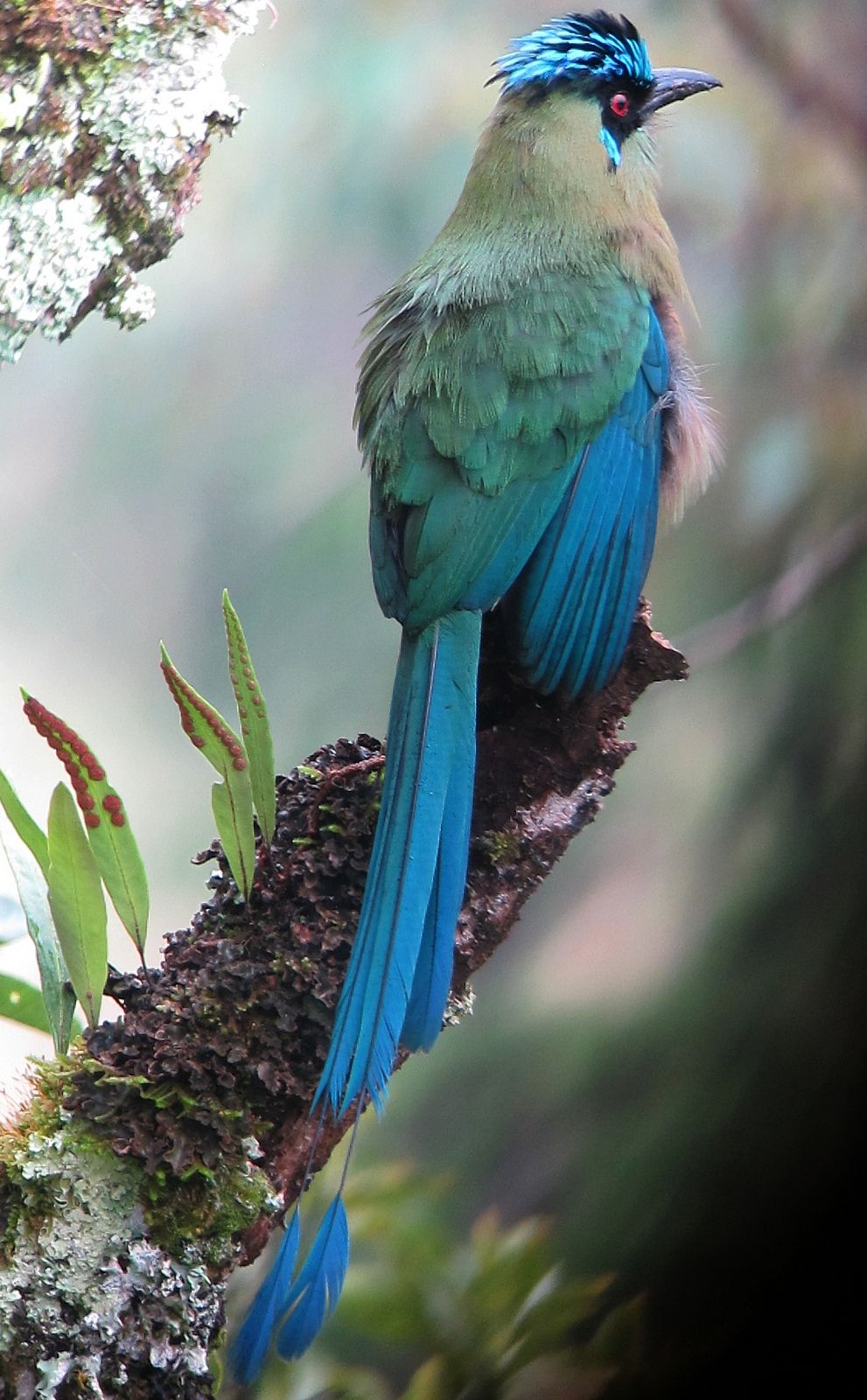 The Habitat of the Blue Crown Motmot
The Habitat of the Blue Crown Motmot
The Blue Crown Motmot is primarily found in the tropical regions of Central and South America. Its habitat spans across countries such as Mexico, Guatemala, Costa Rica, Panama, Colombia, Ecuador, and Peru. These birds prefer lush forests, rainforests, and woodland areas, where they can find a suitable combination of dense vegetation, perching spots, and access to water sources like rivers and streams.
Distinctive Physical Characteristics
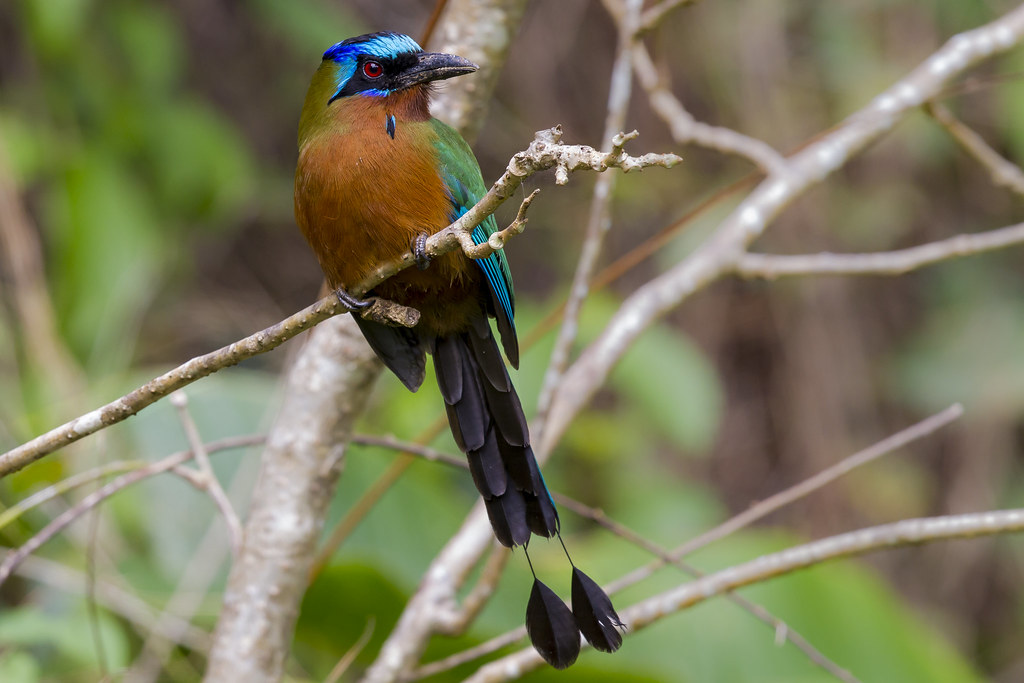
With its striking appearance, the Blue Crown Motmot stands out among other bird species. It measures around 18-20 inches in length, with a long tail that makes up a significant portion of its overall size. The bird’s plumage features a combination of vivid blue, green, and rufous colors, creating a mesmerizing spectacle.
The most notable physical characteristic of the Blue Crown Motmot is its distinct tail. The tail feathers have a unique racket-like shape, which adds to the bird’s charm. It uses its tail for various purposes, including attracting mates and establishing territorial boundaries.
The Blue Crown Motmot’s Diet and Feeding Habits
The Blue Crown Motmot is primarily an insectivorous bird. It feeds on a wide range of invertebrates, such as insects, spiders, and caterpillars. Additionally, it also consumes small reptiles, amphibians, and occasionally fruits and berries. The motmot typically hunts by perching on a branch or in a strategic spot, scanning its surroundings for potential prey. Once it spots its target, it swoops down to capture it with precision and agility.
Breeding and Reproduction
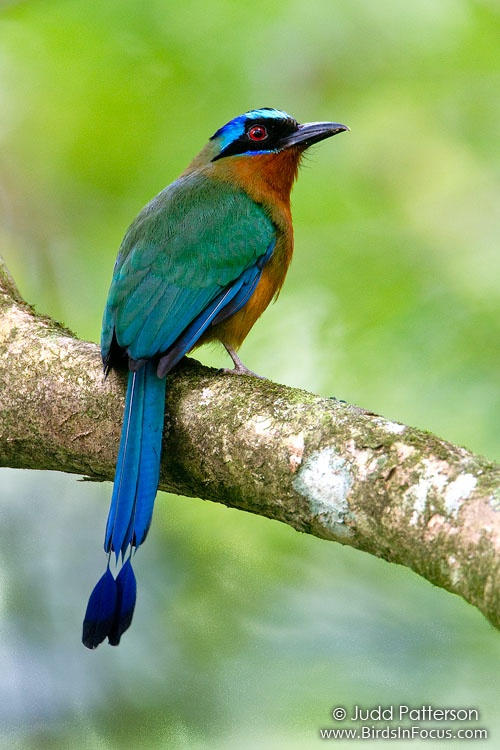
During the breeding season, male Blue Crown Motmots display elaborate courtship rituals to attract females. These rituals often involve the male presenting food offerings to the female as a display of his suitability as a mate. Once a pair has formed, they proceed to build their nest in a burrow or cavity, typically located in a riverbank or a natural hole in a tree.
The female Blue Crown Motmot lays a clutch of 3-6 eggs, which she incubates for around three weeks. Both parents take turns in incubating the eggs and caring for the hatchlings. After hatching, the chicks remain in the nest for a few weeks, relying on their parents for food and protection until they are ready to fledge.
Behavioral Patterns and Social Structure
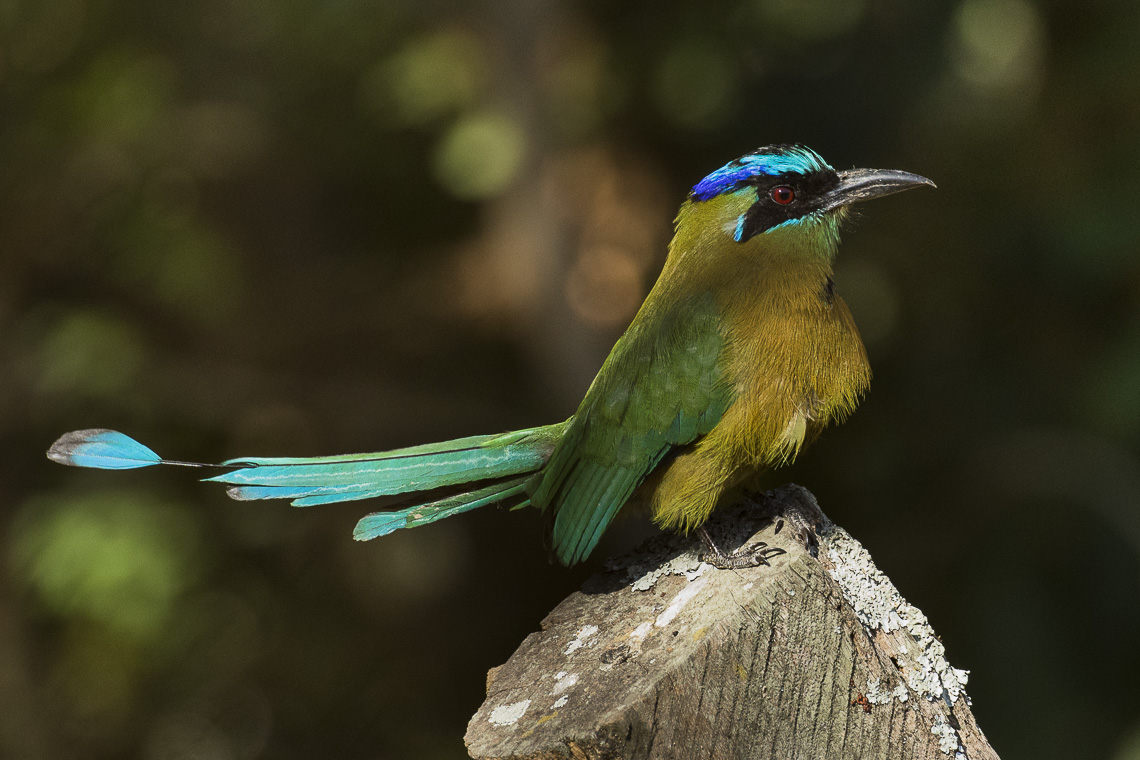
Blue Crown Motmots are generally solitary birds, preferring to establish and defend their territories. They are known for their calm and reserved demeanor, often perching on branches or exposed perches to keep a watchful eye on their surroundings. The motmot is highly territorial and will use vocalizations, displays, and even physical aggression to ward off intruders.
Vocalizations and Communication
The Blue Crown Motmot communicates through a variety of calls and vocalizations. Its vocal repertoire includes a series of melodious and rhythmic notes, which it uses for various purposes such as territorial defense, courtship displays, and communication between mates. These calls are often rich and resonant, adding to the bird’s mystique
Conservation Status and Threats
The Blue Crown Motmot faces several threats to its survival. Habitat loss due to deforestation and human encroachment is a significant concern. Additionally, illegal capture for the pet trade and the impact of climate change on its fragile ecosystems pose further challenges. As a result, the species is listed as “Near Threatened” by the International Union for Conservation of Nature (IUCN).
Efforts for Conservation
Numerous organizations and conservationists are working tirelessly to protect the Blue Crown Motmot and its habitat. Efforts include initiatives to promote sustainable land use, reforestation projects, and community-based conservation programs. Additionally, raising awareness about the bird’s ecological importance and engaging local communities in conservation efforts are crucial for its long-term survival.
The Significance of the Blue Crown Motmot
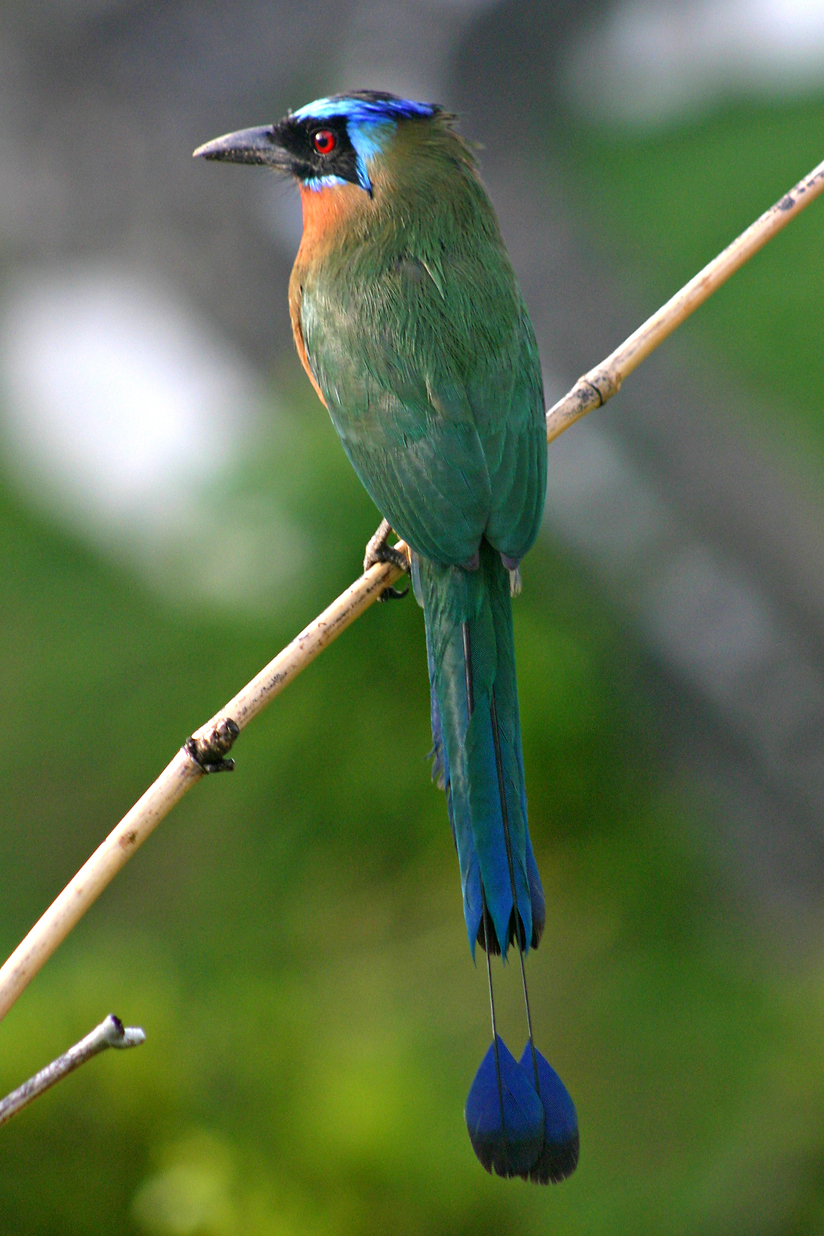
The Blue Crown Motmot holds great significance in the ecosystems it inhabits. As a predator of insects and small vertebrates, it helps regulate populations and maintain ecological balance. Furthermore, the bird’s vibrant colors and charismatic presence make it a symbol of the beauty and diversity of the tropical rainforests it calls home.
Conclusion
In conclusion, the Blue Crown Motmot is a captivating bird species that enchants observers with its vibrant colors and unique physical features. Its habitat, behavior, and conservation status all contribute to the importance of protecting this remarkable bird. By valuing and conserving the Blue Crown Motmot and its habitat, we can ensure that future generations can continue to marvel at the beauty of this avian wonder.
